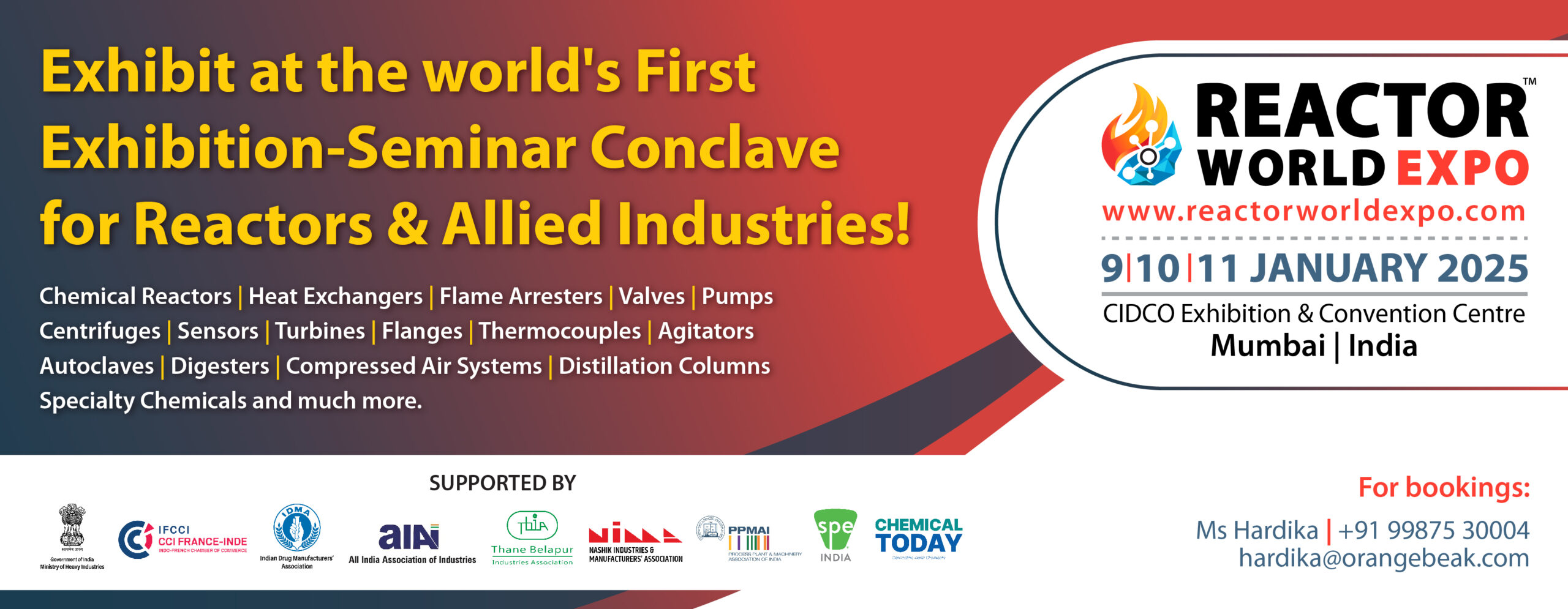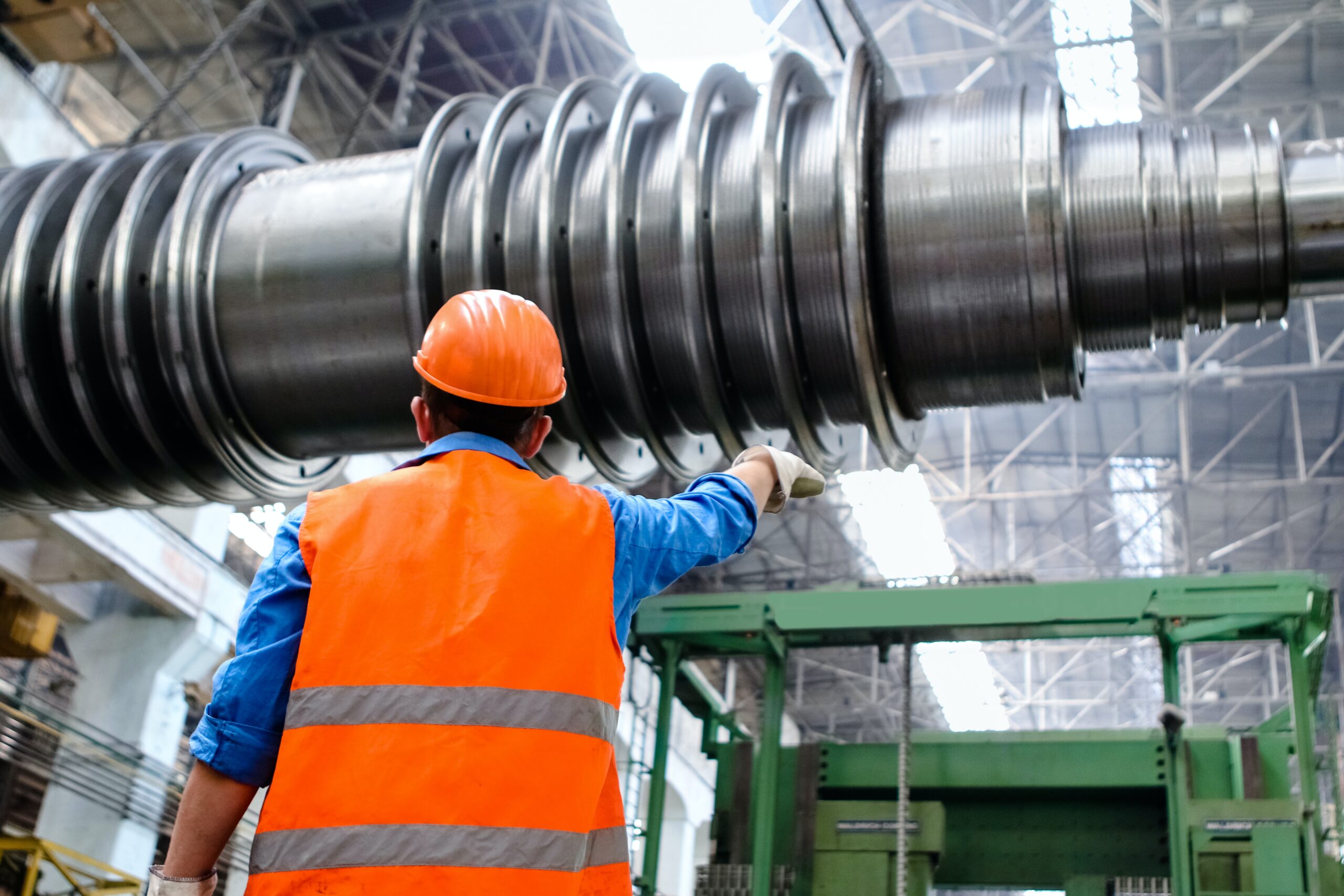Introduction
In an era where energy efficiency and environmental conservation are paramount, heat exchangers have emerged as indispensable components of numerous industrial and domestic applications. These devices play a vital role in the efficient transfer of heat between two or more fluid streams, enabling energy recovery, temperature regulation, and substantial savings in fuel consumption. From power plants and refrigeration systems to HVAC units and automobiles, heat exchangers have revolutionized the way we harness, control, and manage thermal energy. This article aims to explore the fundamentals of heat exchangers, their various types, applications, and their significant contributions to sustainable energy practices.
The Basics of Heat Exchangers
Heat exchangers are devices designed to transfer thermal energy from one fluid to another without allowing them to mix. They facilitate heat transfer by bringing the fluids into close proximity, maximizing surface area contact to ensure efficient exchange. Heat exchangers can be found in different shapes and sizes, ranging from small plate-like structures to large, complex configurations used in industrial processes.
Types of Heat Exchangers
Shell and Tube Heat Exchangers: This is the most common type of heat exchanger. It consists of a series of tubes enclosed within a larger shell. One fluid flows through the tubes (the tube-side fluid), while the other flows over the tubes within the shell (the shell-side fluid). Shell and tube heat exchangers are widely used in power plants, oil refineries, and chemical processing industries due to their robustness and versatility.
Plate Heat Exchangers: Plate heat exchangers utilize a series of metal plates with corrugated patterns to enhance heat transfer. The plates are stacked together, creating alternating channels for the two fluids. Plate heat exchangers are compact, lightweight, and offer excellent heat transfer efficiency. They find applications in HVAC systems, refrigeration units, and food processing industries.
Finned Tube Heat Exchangers: Finned tube heat exchangers incorporate extended surfaces (fins) on the outer surface of the tubes to augment heat transfer. The fins increase the surface area available for heat exchange and improve convective heat transfer between the fluid and the surrounding air. These heat exchangers are commonly used in air conditioning systems, automotive radiators, and industrial air coolers.
Applications of Heat Exchangers
HVAC Systems: Heat exchangers play a crucial role in heating, ventilation, and air conditioning (HVAC) systems. They facilitate the transfer of thermal energy between the conditioned air and the incoming fresh air, ensuring energy-efficient temperature regulation and improved indoor air quality.
Power Generation: Heat exchangers are extensively employed in power plants to transfer waste heat from the exhaust gases to preheat water, which is then converted into steam to drive turbines. This process enhances the overall efficiency of power generation and reduces fuel consumption.
Refrigeration and Air Conditioning: Heat exchangers form an integral part of refrigeration and air conditioning systems. They enable the transfer of heat between the refrigerant and the surrounding environment, facilitating cooling and maintaining optimal temperature conditions.
Automotive Industry: Heat exchangers, such as radiators and intercoolers, are critical components in automobiles. They assist in dissipating excess heat generated by the engine and regulate the temperature of various fluids, ensuring efficient engine performance and preventing overheating.
Advantages and Future Developments
Heat exchangers offer several advantages that contribute to energy conservation and sustainability:
Energy Recovery: By transferring heat from one fluid to another, heat exchangers enable energy recovery, reducing the overall energy consumption and minimizing waste.
Improved Efficiency: Heat exchangers optimize heat transfer, leading to improved efficiency in various processes, such as power generation, HVAC systems, and industrial operations.
Environmental Benefits: With reduced energy consumption, heat exchangers help lower greenhouse gas emissions, contributing to a cleaner and greener environment.
The future of heat exchangers holds promise for further advancements. Ongoing research focuses on developing materials with enhanced thermal conductivity, exploring new designs for improved efficiency, and incorporating innovative manufacturing techniques to reduce costs and increase accessibility.
Conclusion
Heat exchangers have revolutionized the way we utilize and manage thermal energy across various industries and applications. Their ability to recover waste heat, improve energy efficiency, and contribute to sustainable practices makes them indispensable components of modern systems. As we continue to prioritize energy conservation and environmental sustainability, heat exchangers will play an increasingly crucial role in achieving these goals, driving innovation and creating a more efficient and eco-friendly future.















